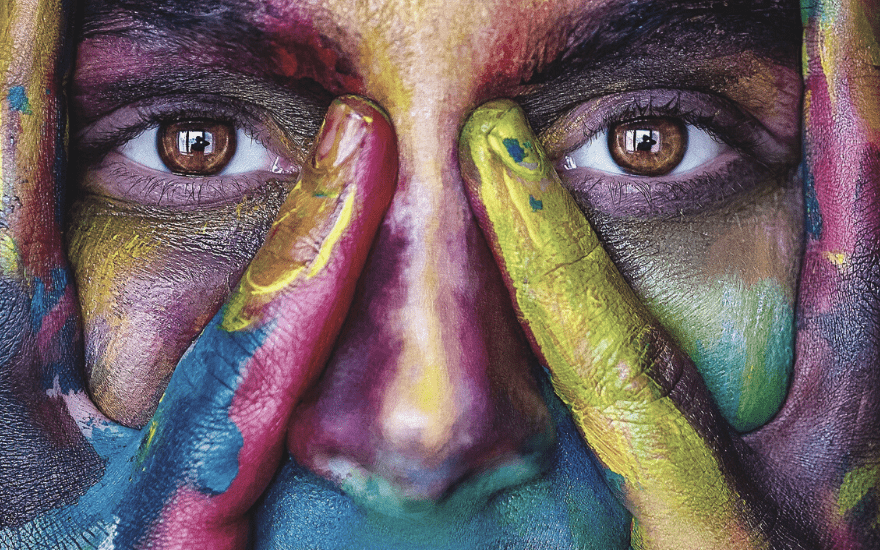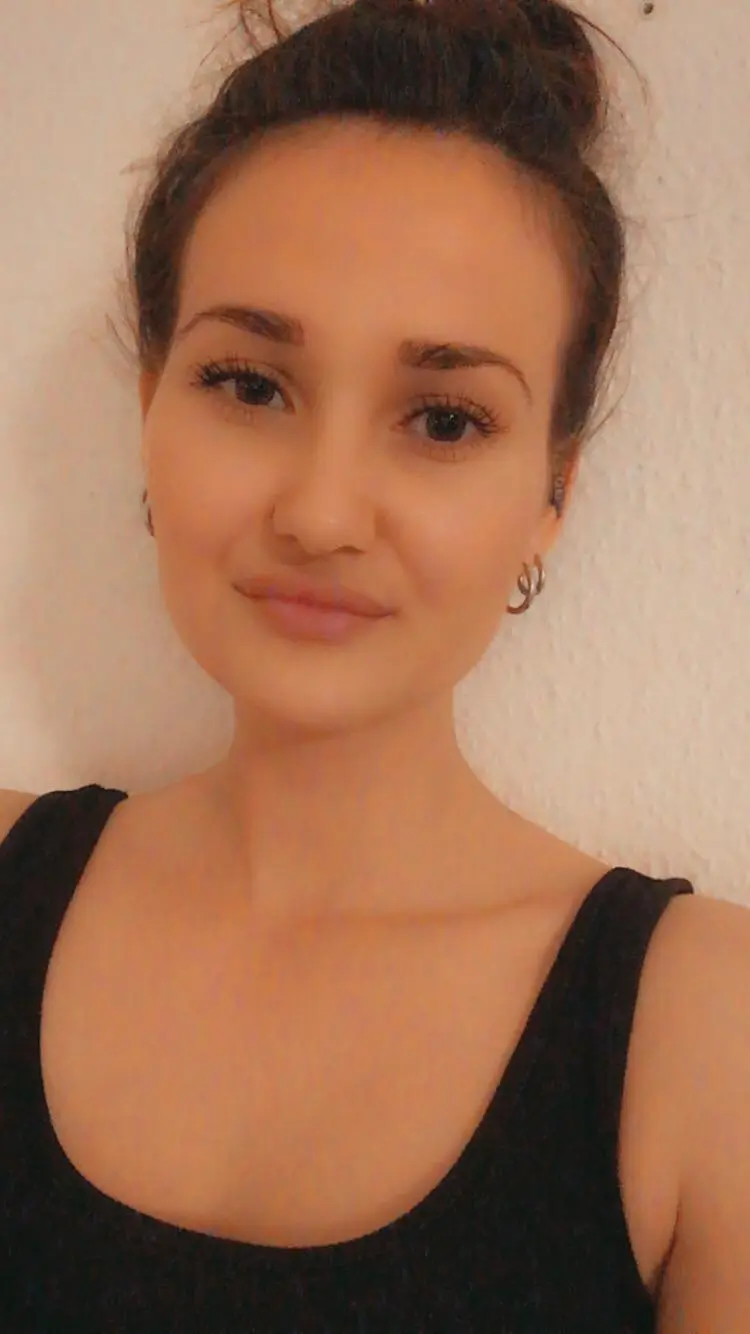Last Updated on March 9, 2024

Step into a room alive with color and creativity, where paintbrushes and clay wield the power of healing. Welcome to the world of art therapy, a sanctuary where self-expression meets profound transformation!
In this article, you’ll learn about art therapy, delving into what it is, its types, and the impactful journey it offers to those who embrace it.
What Is Art Therapy?
Art therapy is the therapeutic use of art for people who run into various challenges in life. That can be anxiety, stress, emotional problems, depression, physical illness, and other health conditions. As well as, those who are seeking personal development and realization.
Artistic creation and the process itself increase self-awareness and help with our ability to cope with struggles in life. Art therapy also helps to strengthen our cognitive ability and provides positive life affirmation.
In art therapy, creation may start with the urge to make doodles or sketches, which is often an impulse from a certain feeling, dream, or memory. The next step is to give it a physical form using paint, clay, or whatever tool we wish to use.
This is how we get to express ourselves when something has no words or is not yet understood.
See also: How to heal yourself emotionally
Types of Art Therapy:
There are many different types of art therapy, and some of the most popular include:
- Painting – is the most limitless form of art therapy as it allows you to paint whatever you want and express your emotions. Painting in art therapy involves using watercolor, acrylic paint, spray paint, and more to create art on a blank canvas or construct or manipulate images.
- Drawing – similar to painting, drawing gives you much freedom to illustrate whatever you want and express your emotions. Supplies include pencils, charcoal, crayons, and pens, which involve working on paper-based material.
- Digital art – involves making art on the computer, either making illustrations in software or making collages. Digital art is especially great for kids and teens who are used to computers.
- Photography – taking pictures of things you love, enjoy, and appreciate can be a great form of art therapy to simulate memories when you are not that interested in painting or drawing.
- Sculpture – involves making sculptures using clap, paper clay, or paper mache. Sculpturing provides you with a dimensional point of view, which can better help you understand that situations are multi-dimensional and can be approached in different ways.
- Collage – helps you express how you feel by cutting out pictures and organizing them into one piece of art. This form is great for people who have trouble starting tasks and making decisions.
Who Can Benefit From Art Therapy?
Art is a tool to express our creativity and a whole lot of thoughts and feelings. It stimulates the senses and arouses different types of emotions. It’s the brain’s interpretation of what it perceives and is expressed in symbols, words, pictures, dance, music, etc.
People choose art therapy for many reasons. Those who are grieving from the loss of someone dear, suffering from depression, trauma, sexual abuse, and drug addiction can find relief and courage with creative expression.
Others who are repairing broken relationships, exploring their dreams, or seeking meaning in life can find the depth of art therapy to be very useful and effective.
Art therapy can give us a deep sense of safety as it provides a trusted place to express ourselves. Paintings, sculptures, and other forms of artwork provide nourishment, healing, and a new respect for our personal creativity. Some people like to work silently. However, unique dialogues between the client and the therapist can also take place.
See also: How to heal from trauma
How Can Art Help Us Heal?
In art therapy, exploring your creativity and its process is more important than the outcome of the product. Drawing an “ugly” picture can be an important way of expression. Even just picking up a crayon and doodling for those who have not done any artwork since elementary school, will produce a powerful expression.
Engaging in artwork can awaken our feelings and relive memories from our childhood. Experiencing and restoring creativity can be both empowering and enjoyable. The combination of creativity and therapy truly helps explore the struggles and challenges of our daily lives.
If you enjoyed this article on art therapy, I would be very grateful if you shared it on Twitter, Facebook, or Pinterest! Thank you!❤️
📌 PIN THIS POST FOR LATER


Hello, my name is Sara and I am the founder of Spiritvibez, I’m here to guide you on your spiritual journey toward healing, growth, and self-discovery. I believe that true transformation occurs when the mind, body, and spirit are aligned and working in harmony. Through Spiritvibez, I hope to inspire and empower you to deepen your spiritual practice, embrace your authentic self, and begin living your best life.
